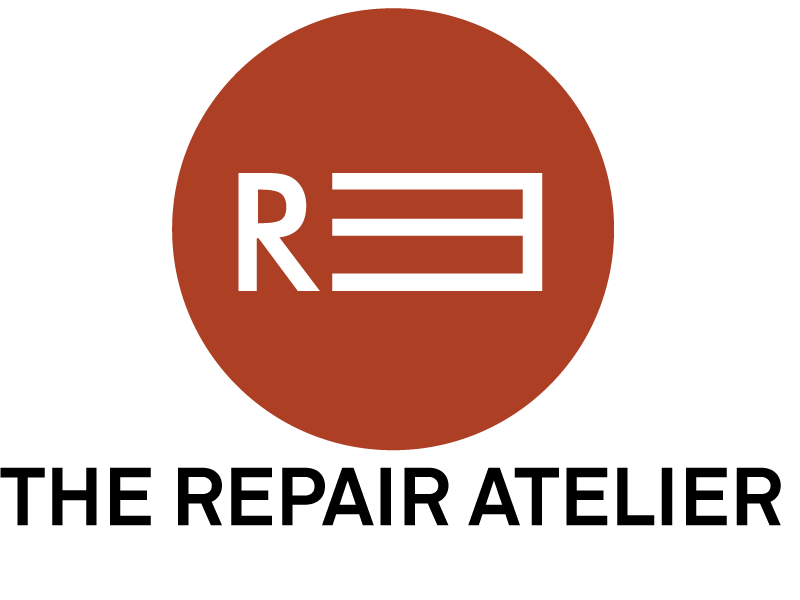On Darning
By Lisa Z. Morgan
Darning is a stitched response to holes/breaks/wounds that develop in knitted fabrics; perhaps rubbed through by repetitive wear and tear or eaten away by moths. Due to the nuances of material, weave, fibers, etc., the hole requires a darn that fully meshes with the body of the garment. The outcome is prescribed, i.e to fill the hole, mend the hole, and to make wearable/useful once more. The darning of a hole, no matter how small, is wide open to interpretation; it requires tender involvement, and a readiness to sit with a level of discomfort before beginning to respond. One needs to almost “listen to” what the wound/rupture might need—assessing, touching, feeling, intuiting, as well as a close examination of the threads that remain; what is strong, resilient or weak. Darning also becomes a compelling proposal to activate ideas regarding reciprocal responsibility and thought. It engenders connection and also makes visible the endeavor to mend the flaws. The very presence of the stitched response or “mark” communicates the wish to ameliorate, to tend and to care, and on a local scale it affords us an agency for how we might address questions, and shape answers that are responsive—to ourselves, social relations, and our environment.

